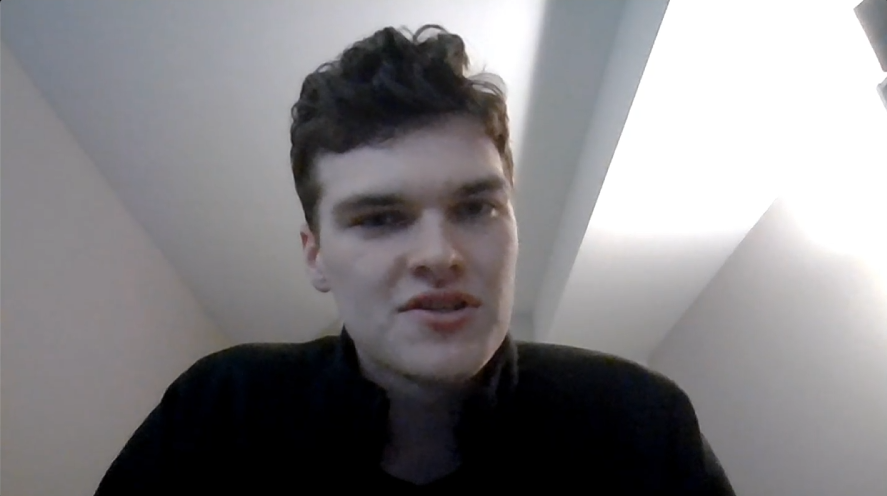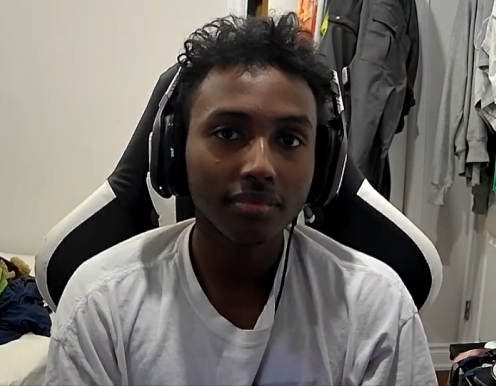Post-secondary education is on the mind of many high school student when graduating. It is drilled into your mind all four years and is the basis for everything you do, trying to get into a good college or university.
This often leads to high school students feeling pressured to go into programs they might not be well equipped for or enjoy causing them to drop out or change programs.
According to the Post-study survey, the average dropout rate in Canada is 17 percent.

The 2022 Canadian Student Wellbeing Survey found that more than 40 per cent of students said they were seriously considering dropping out. That is more than five percent higher than in 2021 and was slated to only continue to rise.
I wanted to get a first-hand account from students on how they felt before going to their schools and what it was like in their respective programs. I interviewed 3 students Hussien Ali, a cybersecurity student from Sheridan College, Kathy Tu, a BFTV student from Sheridan College and Beck Lund, a political science student from Western University.
They all had different things to say but the common consensus was that they felt very rushed to decide on what program to go into and came to regret their decision later.
Another common sentiment among them was that they focused primarily on what program they were going to enter based on the job market and money and felt less inclined to pursue something they would enjoy more.

“I didn’t know what I wanted to do. I went in for business thinking that was the career path,”, says Beck Lund.
This can lead to transferring programs, like Beck and Kathy as well as dropping out of school entirely.
“I had a course in which it was very difficult and I tried my best but in the end just couldn’t understand it,” says Hussien Ali. Ali dropped out of his program after a year and a half.

Not only does the kind of environment we create around students cause them to waste their time if they are not happy with their first choice, but it also costs students money as post-secondary education is pricey.
Student debt in 2022 amounted to more than 18 billion dollars in Canada, with the average debtor owing at least 28 thousand dollars. That’s more years without experience in their field and more years spent paying for expensive schooling. Students are already under a lot of stress with just their studies, this could be adding financial stress and whatever might be happening in their life.
Students can also be pressured into programs that are not suited for them, they might end up having to increase the amount of time they spend in school.
“I wanted a future career where I could be creative and enjoy my job and my last program was not that,” says Kathy Tu. Kathy spent time in a different program before discovering the Bachelor of Film and Television program she’s in now.
A lot of blame can get put on the institution around post-secondary education with pressure and insistence on getting a degree. While it can contribute to the problem students have with finding the right program, ultimately it is the students who have to take some of the blame. Thoroughly researching the program and finding out as much as you can about it is your greatest tool to help reduce your worry and stress and know if it offers some of what you are looking for.
